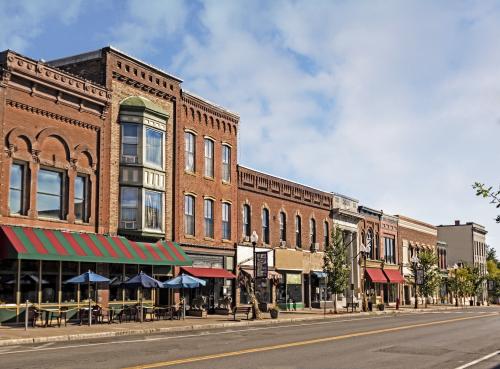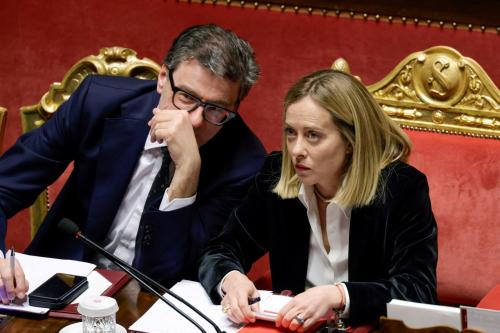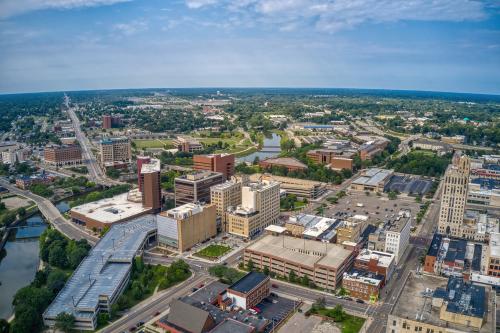Earlier this month, Missouri voters overwhelmingly rejected a 10-year, 3/4 cent sales tax increase to boost statewide transportation investment. With local referendums an increasingly popular method to raise transportation funding in an era of federal uncertainty, the result has lessons for Missouri’s transportation interests and the country as a whole.
Like many states, Missouri has a clear infrastructure deficit. A legislatively-mandated citizens committee found the state needs an additional $600 million to $1 billion in investment per year. The problem is finding the money. Outside of federal funds, the state primarily relies on a 17.3 cent gasoline tax and local property taxes to fund transportation projects, plus location-specific revenue streams like a half-cent sales tax in St. Louis city and county. Yet with Missouri residents driving less in recent years—down 5 percent per capita between 2000 and 2012-—there is less money available to fund critical projects.
This vote offered one remedy. The statewide bump in sales tax would’ve generated upwards of $5 billion over the ten-year period. The new monies would go to 800 projects across Missouri, primarily for roadways. The governance was a similarly unequal split, with the state department of transportation directly controlling all but 10 percent of the new revenue.
And this is where the referendum’s problems become clear. While each of the state’s seven transportation districts managed their own project list, there was no guarantee local sales taxes would be spent on local projects. There were also legitimate questions whether a heightened focus on roadways made sense in the face of falling statewide driving. This was at the heart of the opposition argument, led by Missourians for Better Transportation Solutions.
In many ways, the Missouri results reflect what happened in a failed 2012 Atlanta referendum. That transportation package contained a hodgepodge of road and rail projects, barely increased connectivity across the sprawling metro region and couldn’t align local interest groups. Much like Missouri, Atlanta has clear transportation needs—but voters sensed the current plan wouldn’t do enough to adequately improve their commutes and livability.
As Missouri’s transportation leaders regroup, they’d be wise to follow the “economy-first” lesson of successful referendums in places like Los Angeles, Denver and Oklahoma City. The common thread in all three was a great job proving the need for greater infrastructure investment. But as my colleagues outlined in a recent report, they also captured how transportation could support industrial growth and metro-wide economic health. Americans have proven time and again they’ll pay for transportation projects, but they want to know what they’re getting and how it will benefit their communities.
In this sense, I’m heartened by a recent Kansas City Star editorial related to their failed streetcar vote the same day. Even with a failed vote, the metro area still needs a better infrastructure network. The key is for public, private and civic leaders to continue working with the public to determine which transportation investments will best support regional economic growth for decades to come.
Ballot measures may fail, but they’ll always provide lessons to improve the plans that will pass.
The Brookings Institution is committed to quality, independence, and impact.
We are supported by a diverse array of funders. In line with our values and policies, each Brookings publication represents the sole views of its author(s).



Commentary
If Missouri Has Transportation Needs, Where Did Amendment 7 Go Wrong?
August 18, 2014